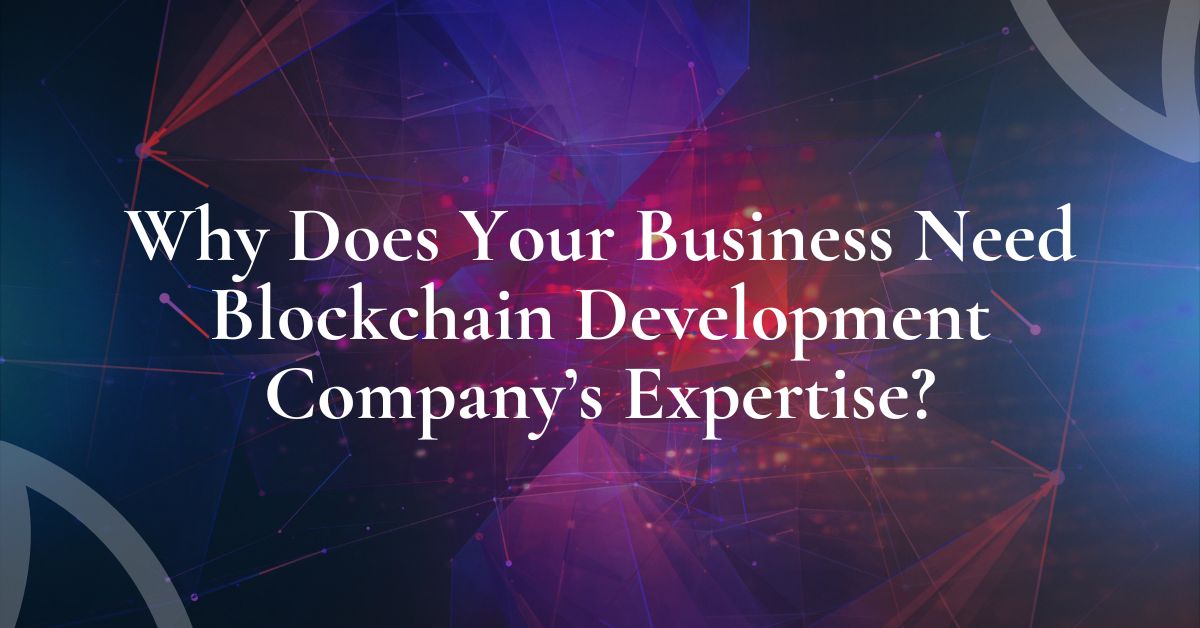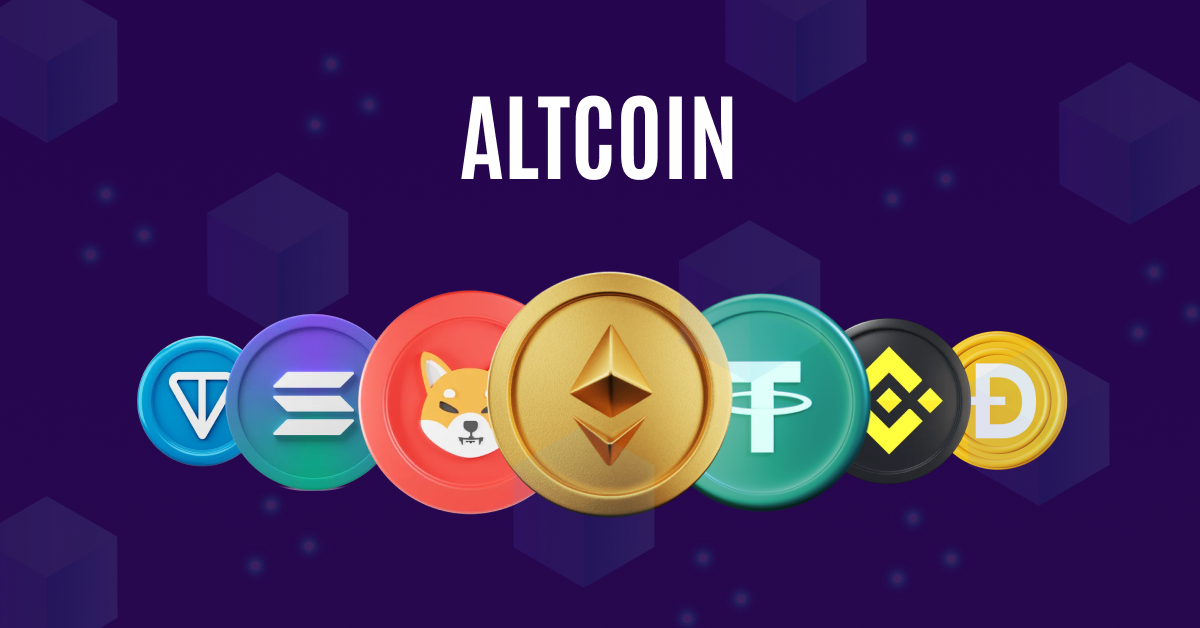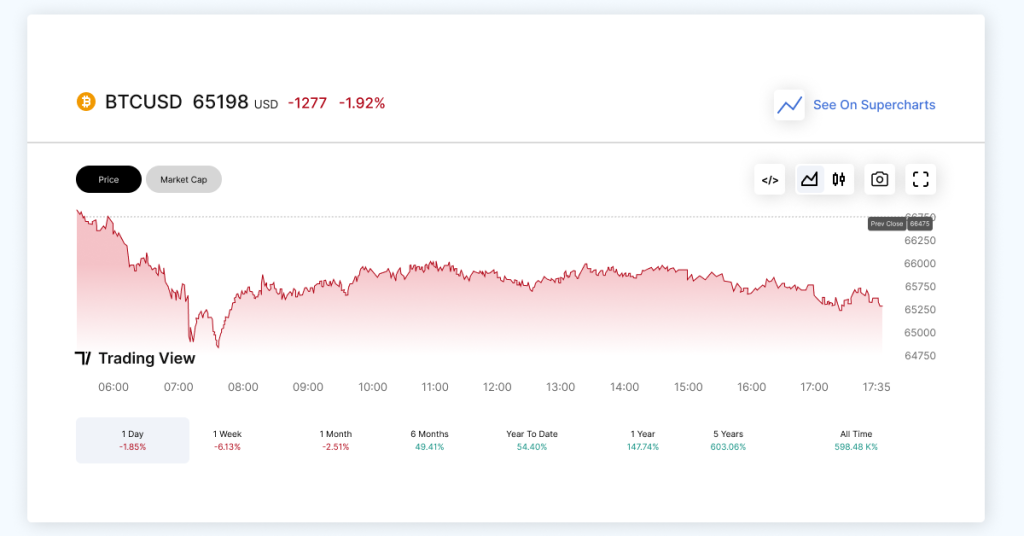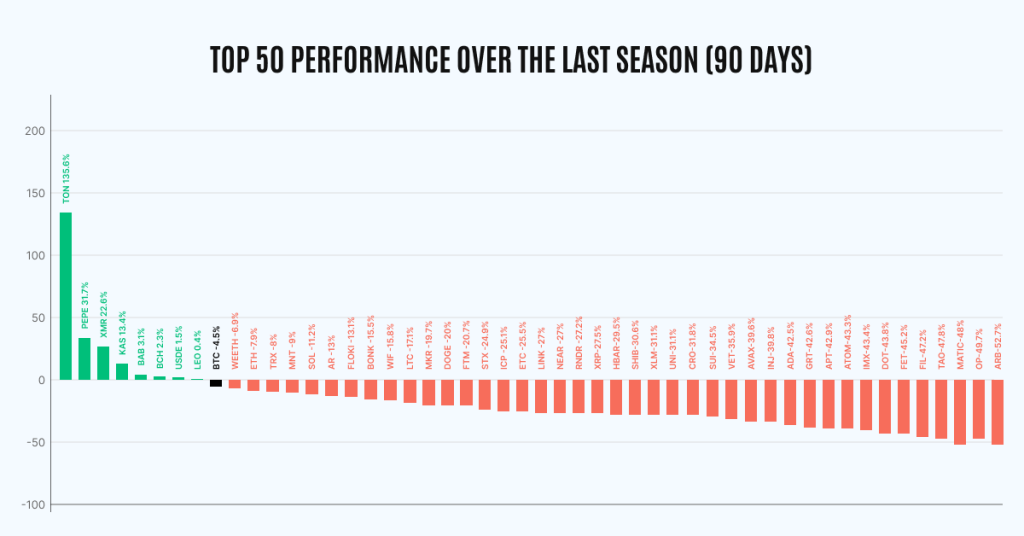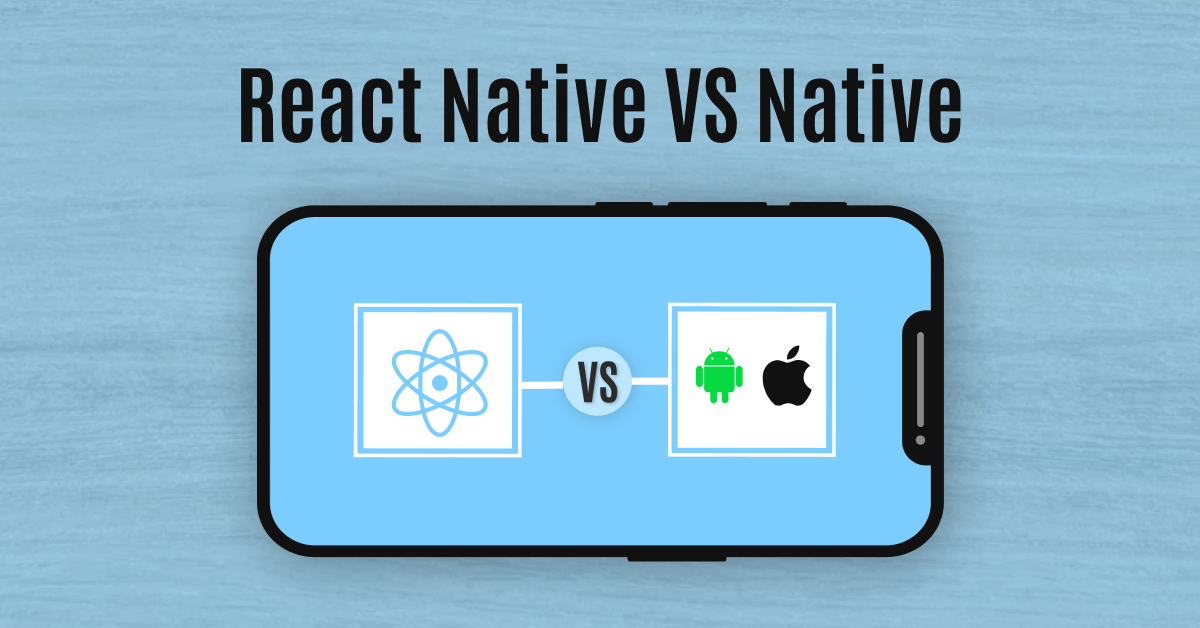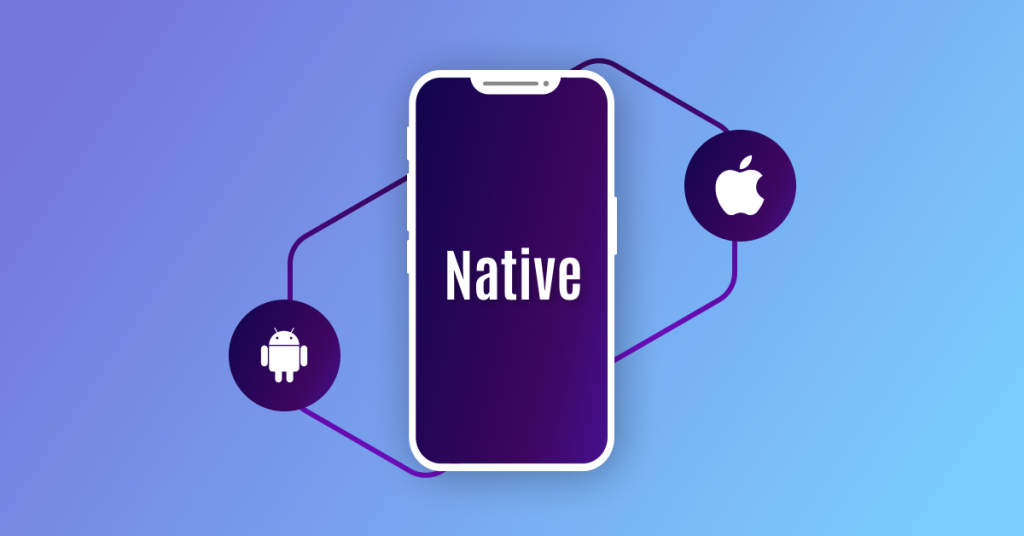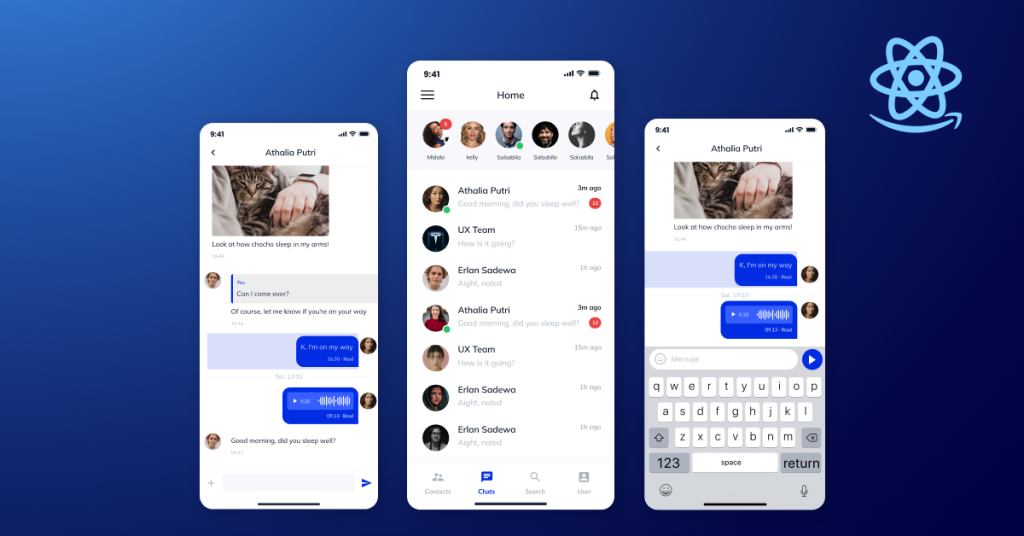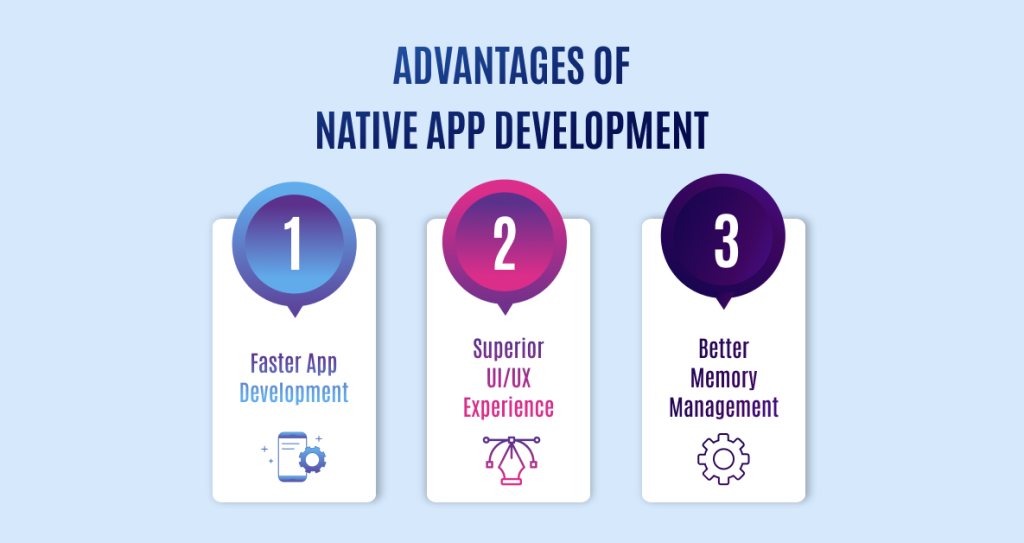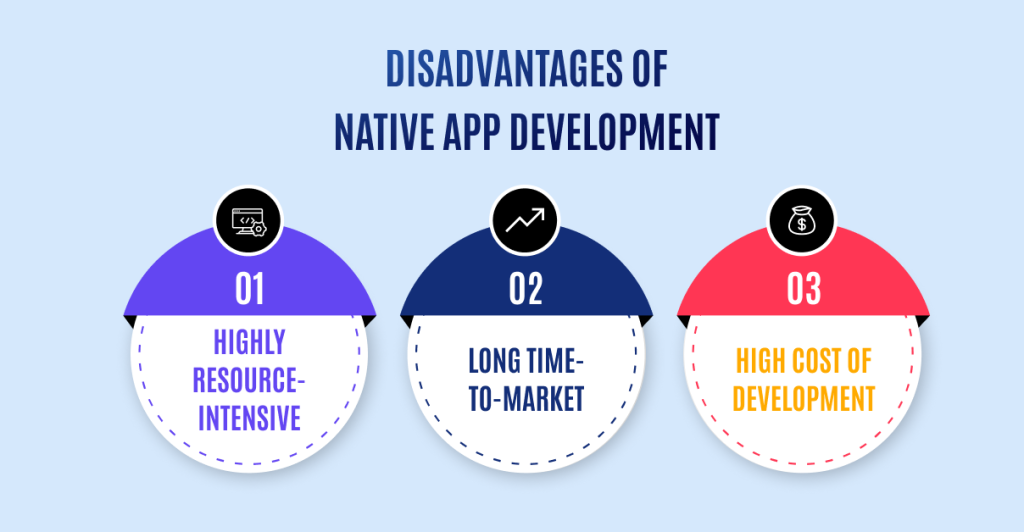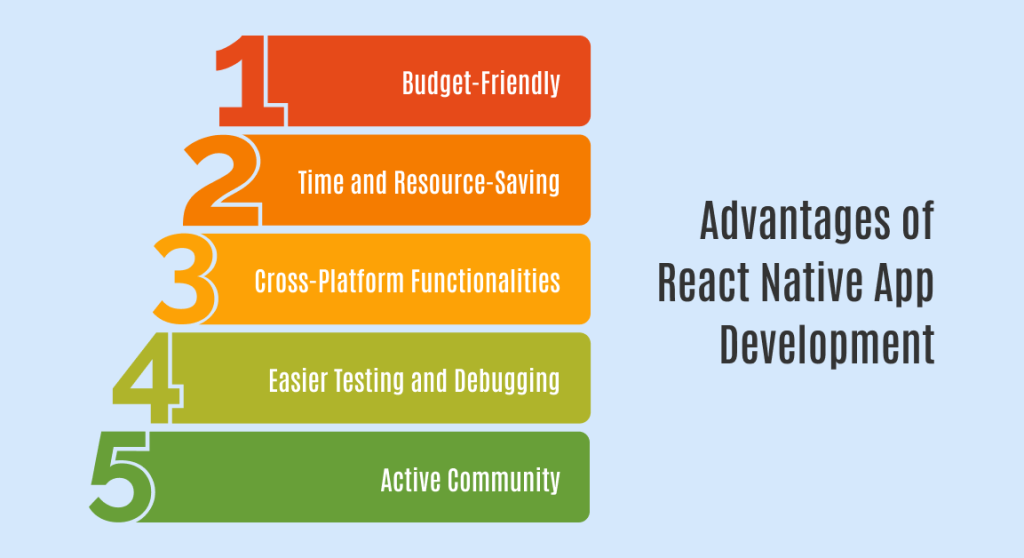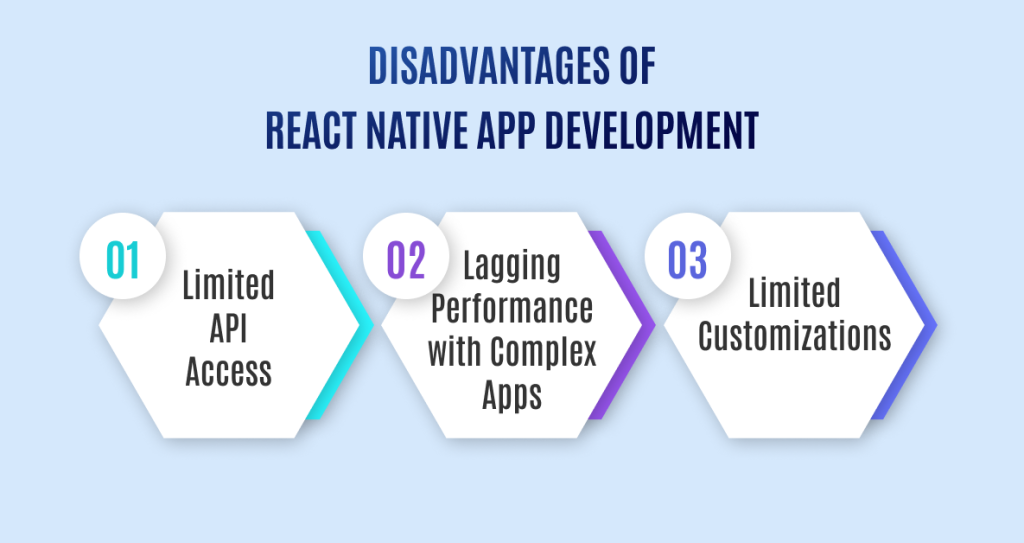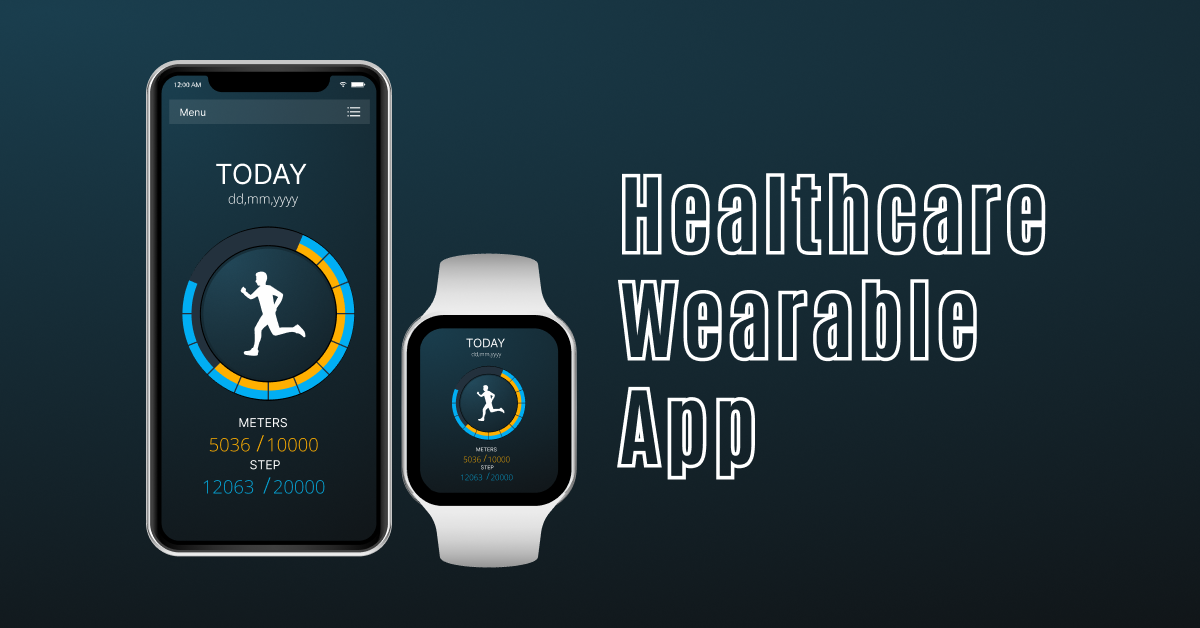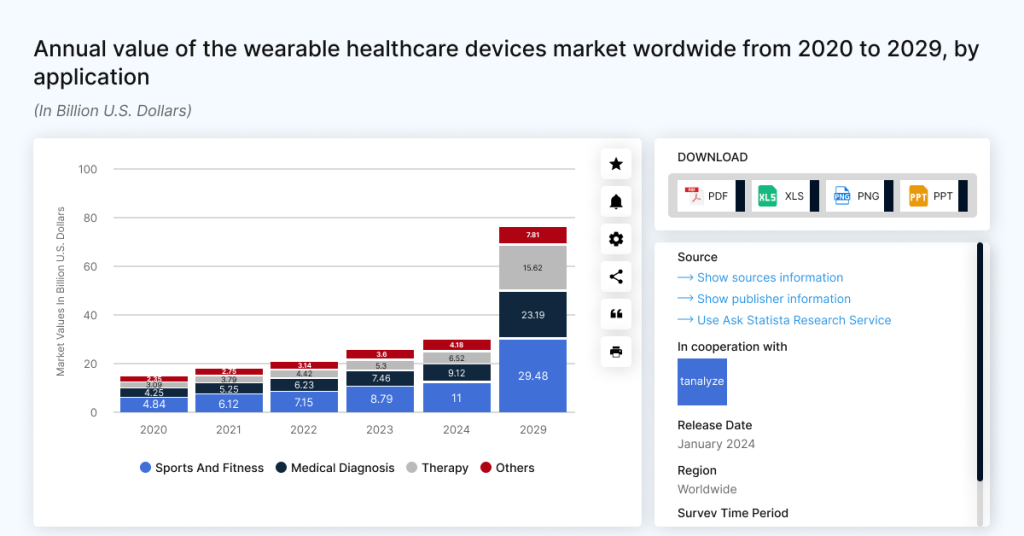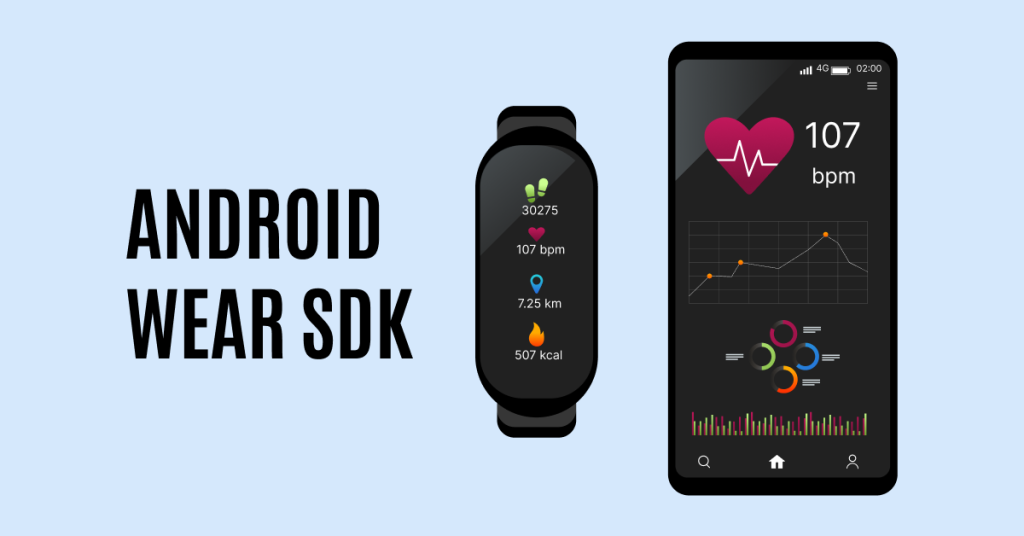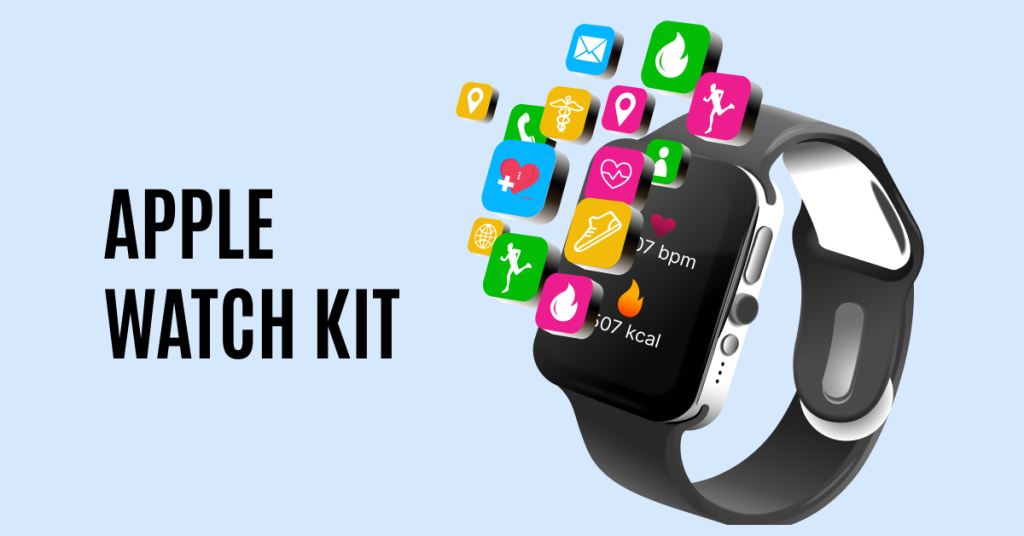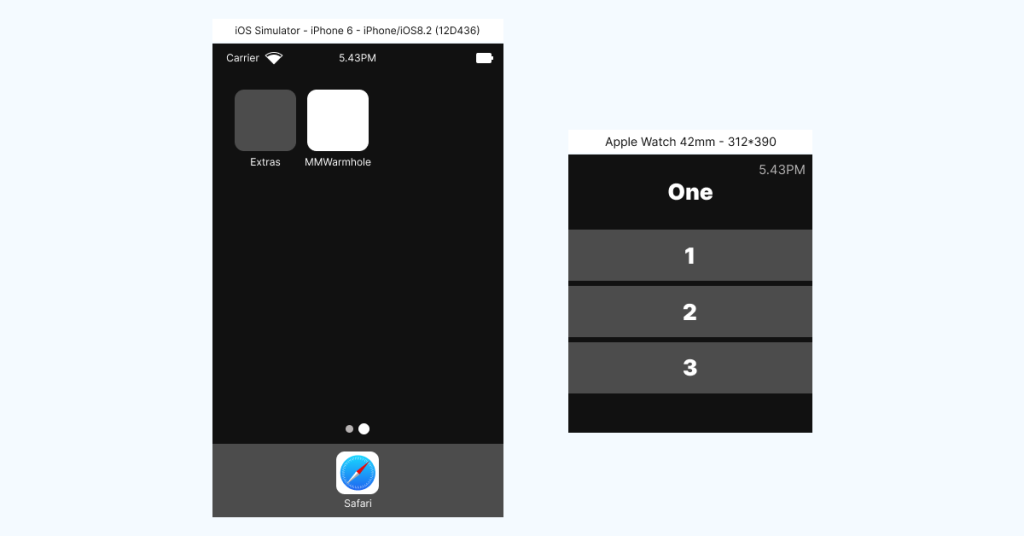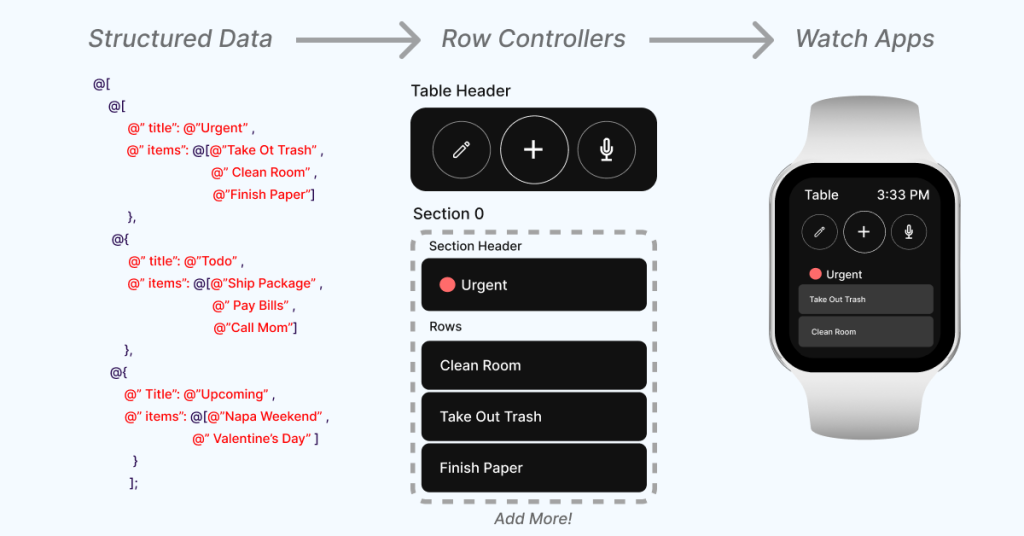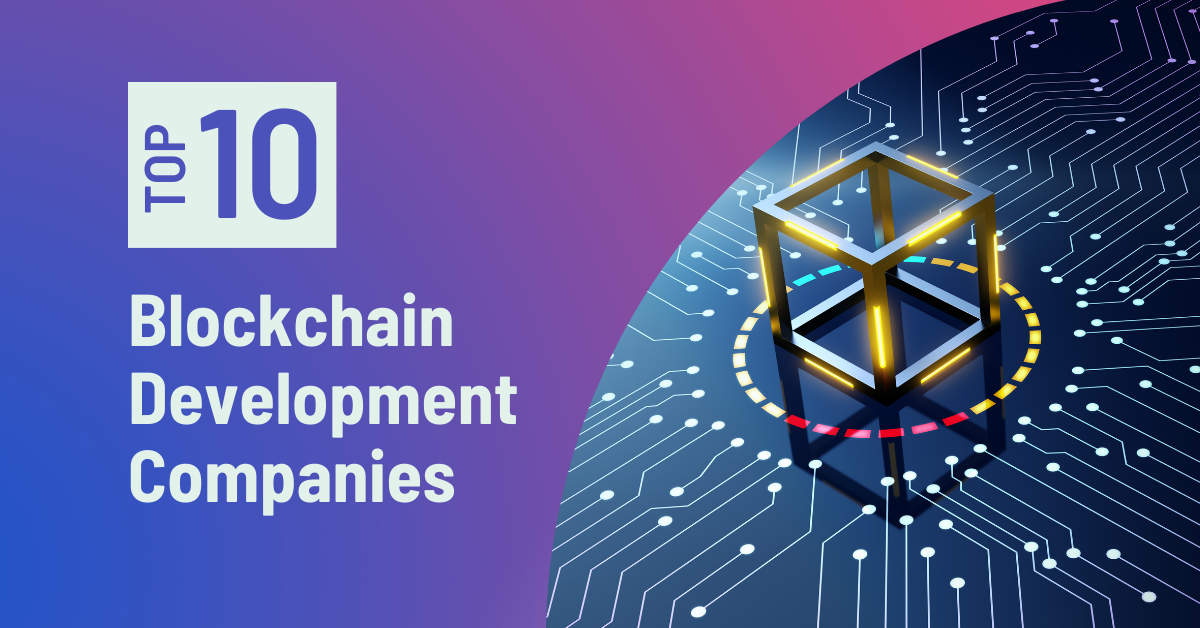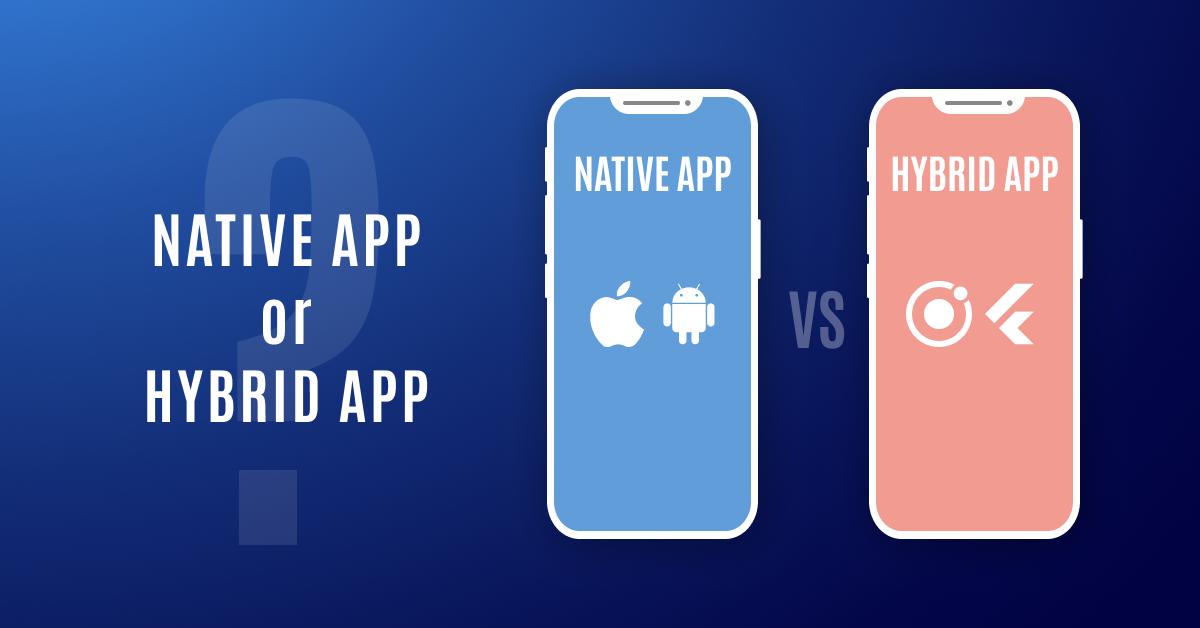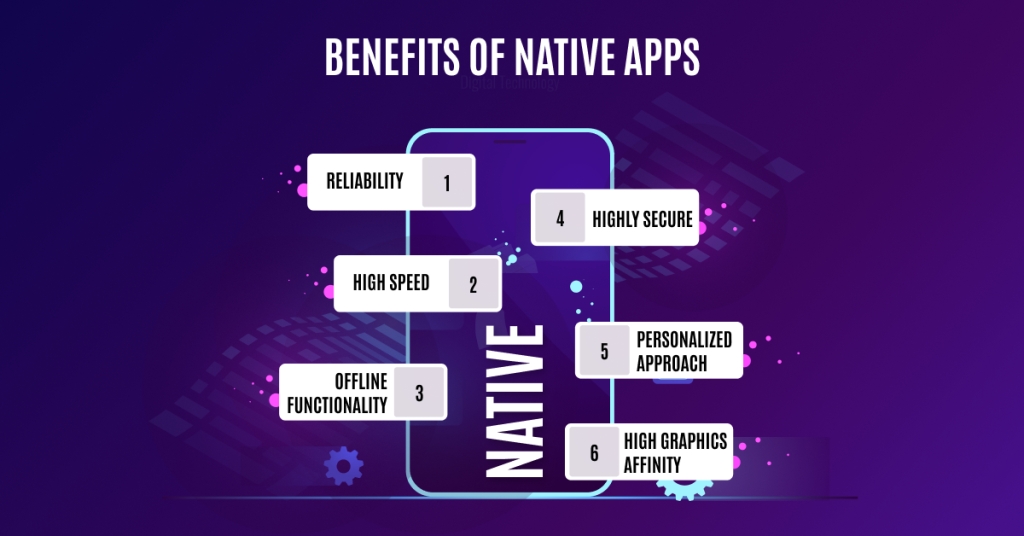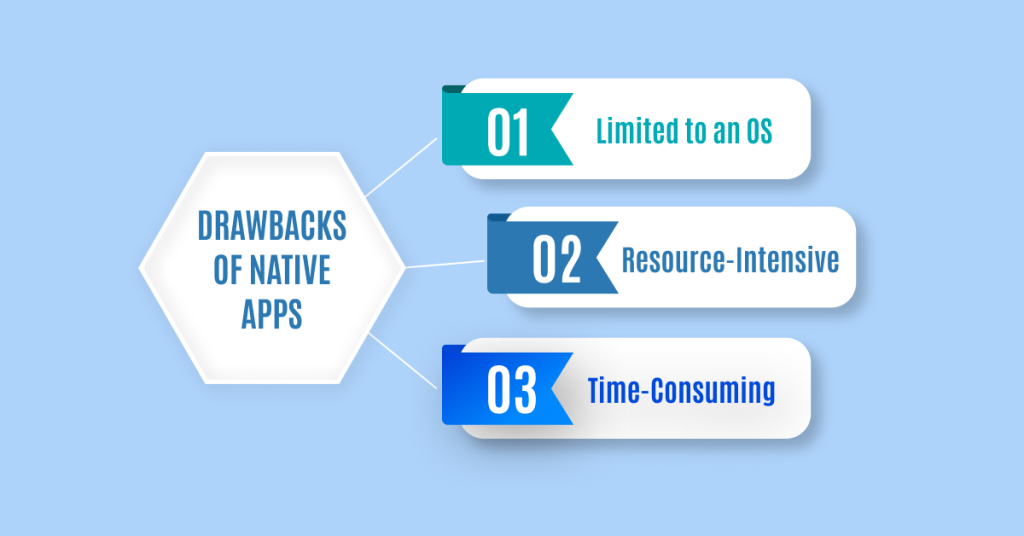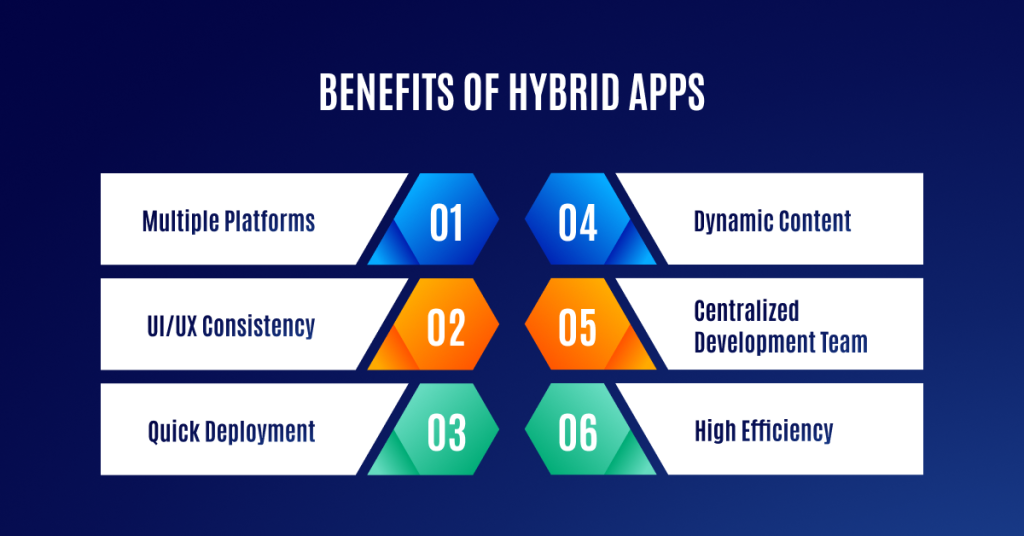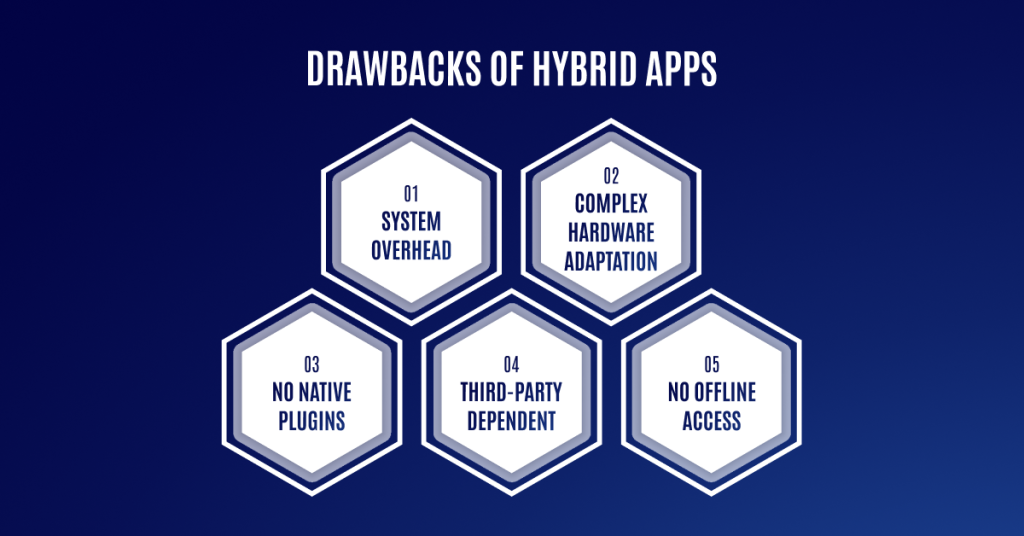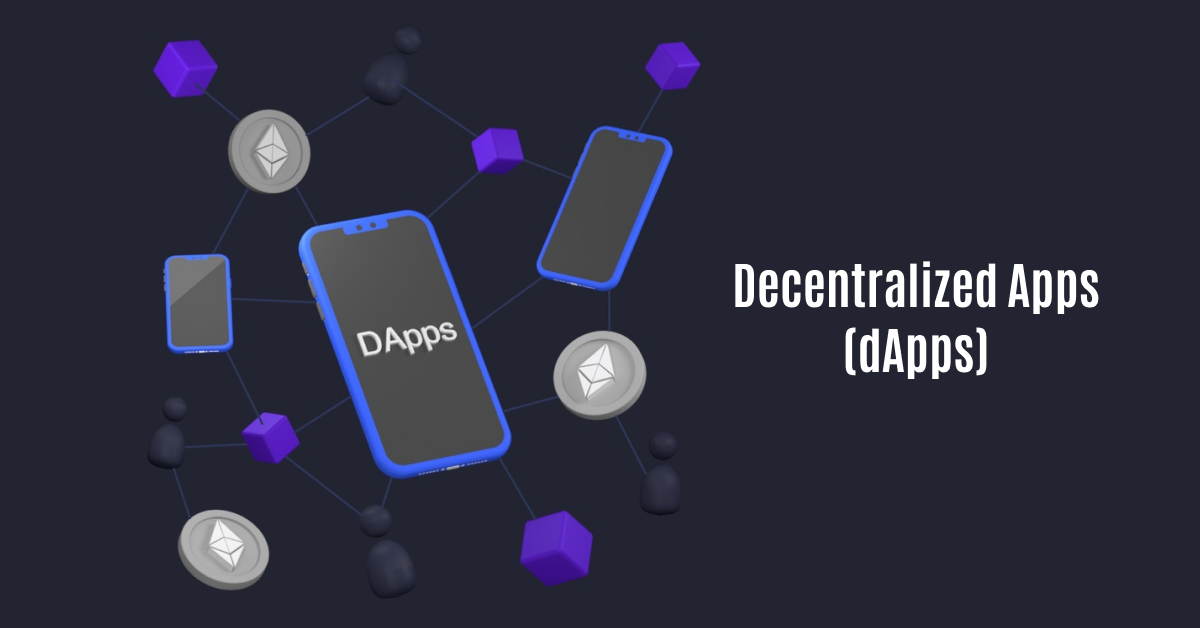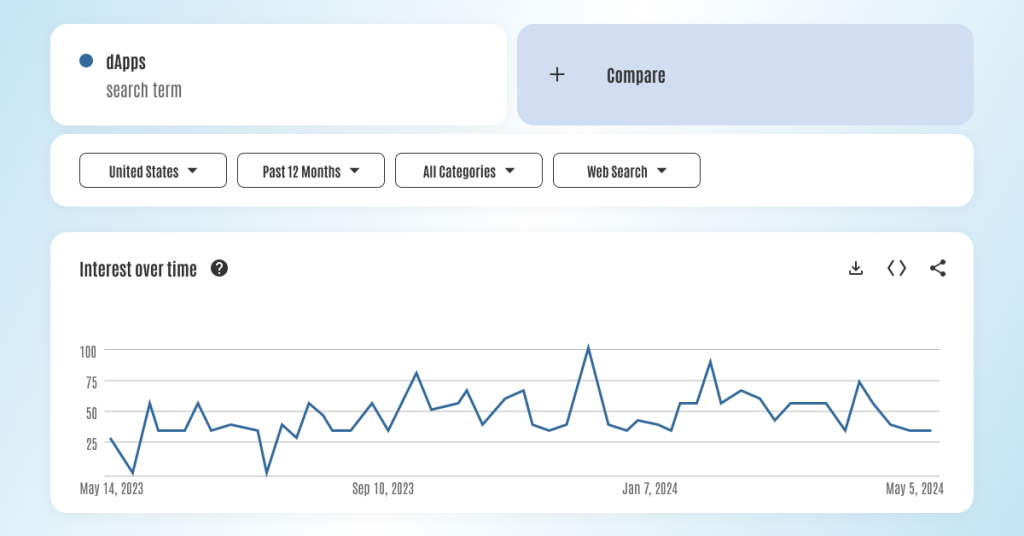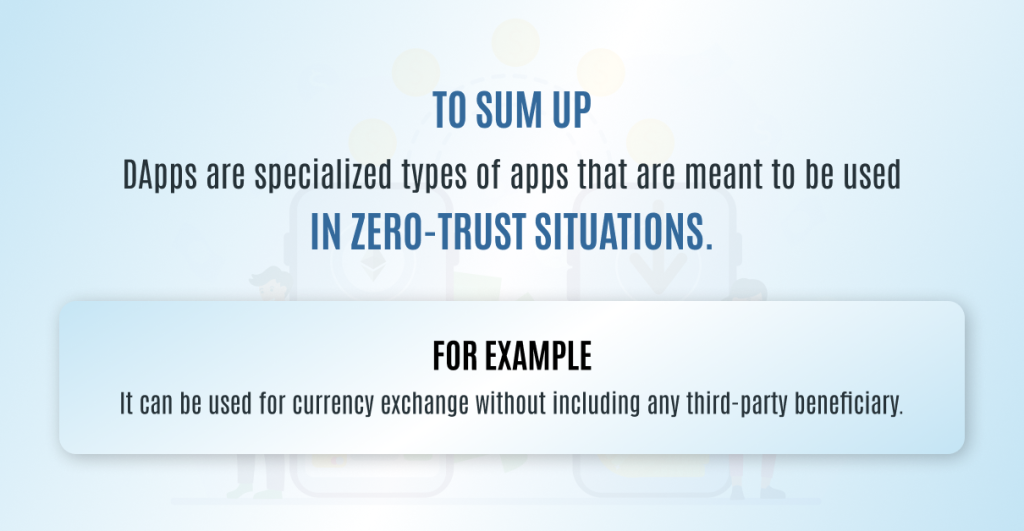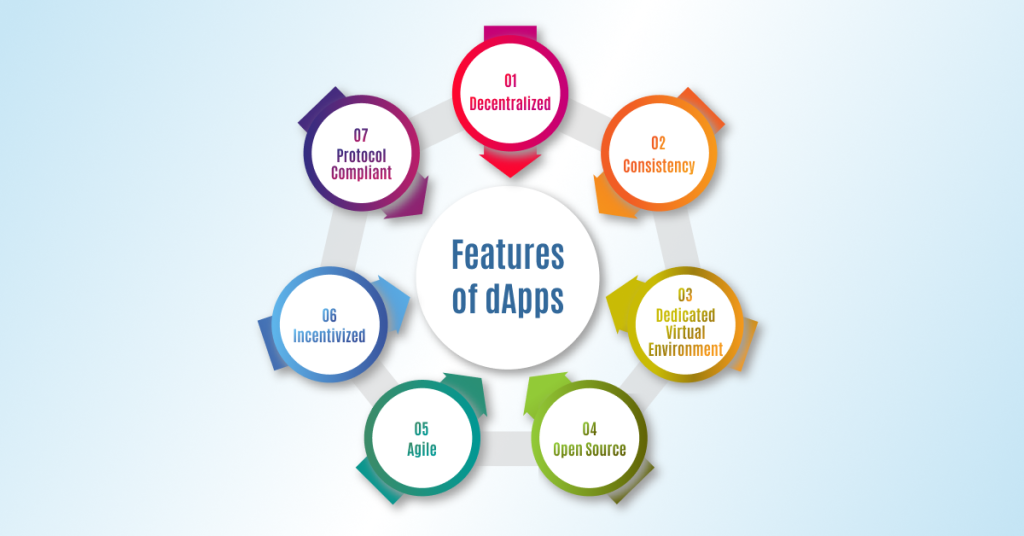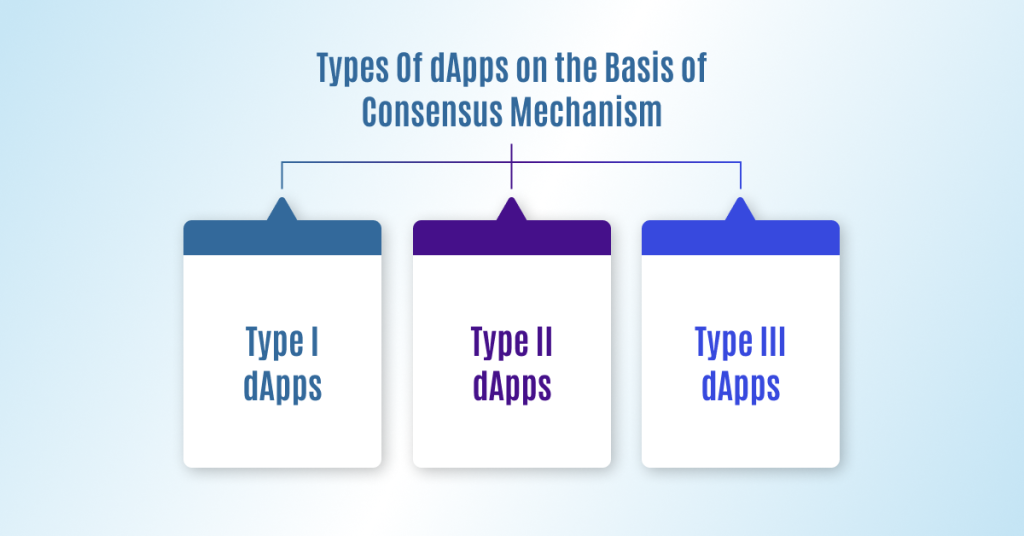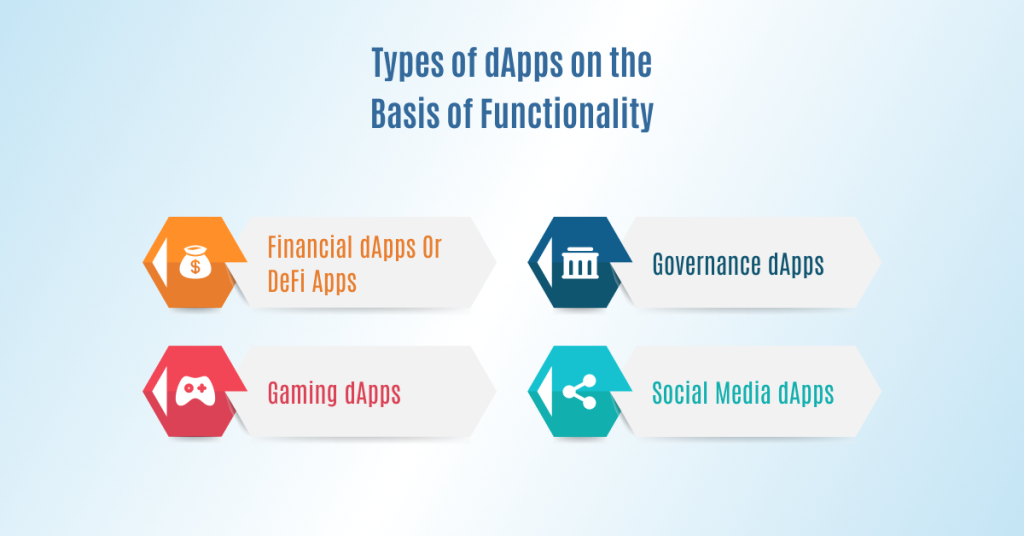What started as a digital currency, Bitcoin, in 2009 has now evolved into a technology that’s transforming industries. Various industrial segments are evolving with the implementation of blockchain technology. In 2024, Blockchain is known for its three key pillars: decentralization, transparency, and immutability, and it’s being embraced by businesses across the globe.
Driven by its attractive features, numerous enterprises and business organizations are leveraging blockchain technology to make their operations more feasible and interesting. One of its major benefits is the elimination of third-party intervention, ensuring a more streamlined and secure process.
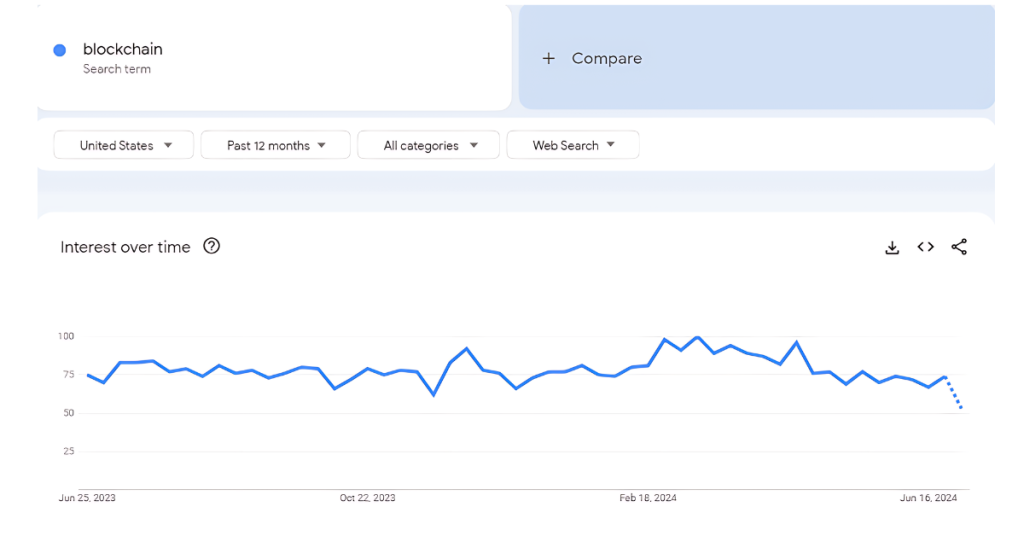
Even according to Google Trends, there is a consistent uptrend in the popularity of users indulging with Blockchain technology.
This guide outlines the fundamentals of what to look for in a blockchain development company, the various blockchain development services involved, and, of course, why your business needs a custom blockchain development company.
What Exactly are Blockchain Development Services?
Blockchain development refers to the development, design, testing, and optimization of blockchain technology products such as decentralized applications (dApps), smart contracts, Non-Fungible Tokens (NFTs), crypto wallets, STO development, etc.
Blockchain development services are services that a blockchain development company provides to build various blockchain-powered solutions with an array of industrial applications, such as in e-commerce, retail, technology, transport and logistics, hospitality, medicine, research, etc.
For enterprises, business organizations, and startups, the key is to choose a reliable blockchain development company with a proven track record. With such a blockchain development partner, you can be sure that your blockchain development needs are in safe hands.
Why Your Business Must Invest in a Blockchain Development Company?
Outsourcing your blockchain development project is a strategic move. By entrusting your project to a blockchain development company, you can be confident in achieving tangible results. With a dedicated team of seasoned professionals focused on your project, you can achieve success quicker and more efficiently. This practice also combats the need to allocate a hefty in-house budget to kickstart a project.
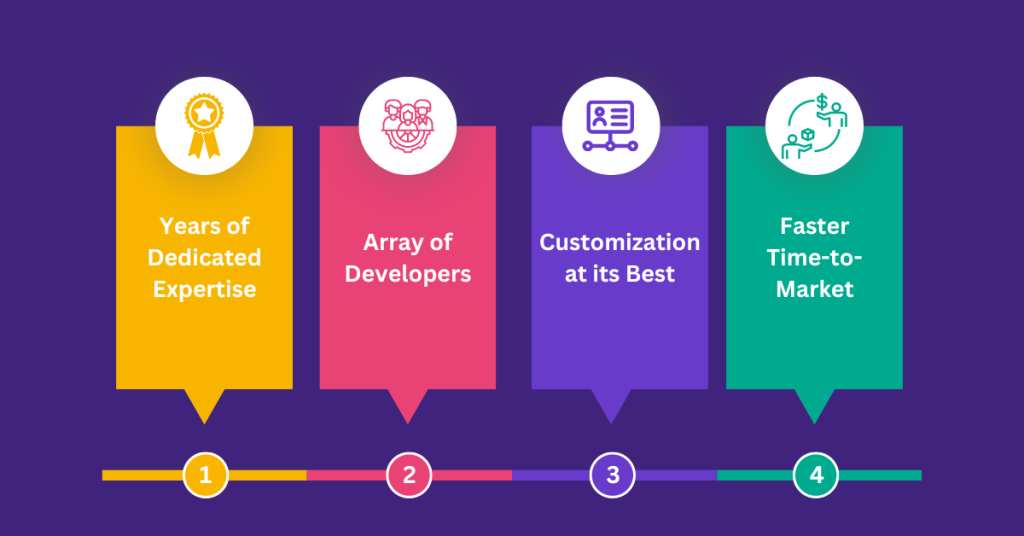
The following are some of the significant reasons why you require investing in a blockchain development company:
- Years of Dedicated Expertise
A reliable blockchain development company has years of experience related to a specific technology, which in this case is blockchain development. It become quite time-consuming and inefficient to create a team of blockchain developers, UI/UX designers, coders and testers from scratch. This is why it is easier to outsource a blockchain project than to deploy it yourself.
- Array of Developers
When you hire a blockchain development company for your project, you significantly open the doors to a broad spectrum of blockchain developers. Be it smart contract development, ICO/IEO/STO development, dApp development, NFT marketplace development, P2P lending platform development or any other type of blockchain development services, a smart blockchain development company can cater to all that you need.
- Customization at its Best
You get a complete and 360-degree evaluation of your project with the experts in blockchain technology before they kickstart the project. These well-versed professionals with tons of experience analyze your requirements, validate your vision and then offer a customized blockchain solution that suits your needs.
- Faster Time-to-Market
Blockchain development companies work with strict deadlines without hampering the quality of the project outcomes. Therefore, you experience faster time-to-market without compromising on the functionality and efficiency of the final product. One of the other upsides of outsourcing your project is that you get solid feedback from an external source that gives you an open perspective on your approach.
What are the Various Blockchain Development Services?
A custom blockchain development company offers multiple blockchain-related services. Based on your goals and objectives, you can choose any of the following blockchain development services that are prevalent in today’s market:
1. ICO, IEO and STO Development
Are you looking for fresh and unconventional ways to raise funds for your startup or a potential idea? Look no further than the Initial Coin Offering (ICO), Initial Exchange Offering (IEO) and Security Token Offering (STO) development services. Since STO is the latest and most evolved methodology, look for an innovative STO development company that checkmarks all of your requirements.
When outsourcing an ICO, IEO or STO development project, look for a blockchain development company that provides end-to-end token development services that address the entire process of developing and listing tokens on a blockchain platform like Binance and also, marketing these tokens in a suitable ecosystem. Opt for a company that provides an innovative approach, follows a quick preparation process for ICO, IEO and STO development and ensures high-quality fundraising and the correct execution of the development process.
2. dApp Development
With the worldwide adoption of blockchain technology, the industry is inclining towards decentralized applications (dApps). If you’re in search of a leading blockchain development company that creates apps that function on a distributed ledger technology, the dApp development services are the right fit for your requirements.
These development companies provide custom dApp development services that can build robust decentralized apps on various blockchain platforms such as Binance, Stellar, Ethereum, EOS, Ripple, Hyperledger, Polkadot, etc. The process of dApp development not only includes app development but also involves creating smart contracts to implement certain conditions for the app.
Look for a company that provides scalable, extensive and easy-to-deploy dApp development services so that you can foster achievable results for your blockchain project.
3. Smart Contract Development
Smart contract development services lay the foundation of blockchain development methodology as these services help streamline various transaction processes that take place on a blockchain network. If you want to implement a smart contract for your dApp or fundraising, etc., it is indeed important to hire professional smart contract developers who can eliminate physical paperwork and also, ease down the legal implementation of smart contracts.
In such cases, it is imperative to hire a custom smart contract development company that has a professional team of developers, designers, code writers, deployers and QA testers. Your primary goal should be to emphasize the importance of getting a ‘secure’ smart contract built by the company.
There are a bunch of smart contract services available in the industry. These services include smart contract architecture and development, audit and optimization, smart contract for dApps, for NFTs, for DeFi and smart contract consulting.
4. Crypto Wallet Development
Crypto wallets are of premium importance as they store all the decentralized assets inside them. Whether you’re an enterprise, business organization or startup owner looking to secure your digital assets in an intuitive and easy manner, crypto wallet development services are meant for you.
A crypto wallet development company develops a crypto wallet that stores private and public keys, stablecoins, tokens, Non-Fungible Tokens (NFTs) and other cryptocurrencies with utmost security and perfectly on-time delivery. From DeFi trading to securely investing on decentralized exchange (DEX) platforms, crypto wallets can help you function in the safest manner.
Ensure multi-step authentication, sophisticated security of digital assets and intuitive wallet navigation through crypto wallet development services.
5. Peer-to-Peer (P2P) Lending Platform Development
If you’ve ever taken a loan, you can completely understand the hassle associated with its approval. However, peer-to-peer (P2P) lending eliminates the need for third-party intermediaries such as banks, NBFCs, credit brokers or financial institutions. If you want to get a P2P lending platform built, you can reach out to a P2P lending platform development company.
The company that you outsource your project to takes care of a 360-degree approach which includes the development of the P2P lending platform, loan processing, investments and reducing maintenance costs. By utilizing the power of latest and cutting-edge technologies such as IoT and Artificial Intelligence (AI), a P2P lending platform development company builds robust, seamless, easy-to-use P2P websites and apps.
6. NFT Marketplace Development
If you’re an enterprise or business organization that dreams of building a secure, scalable, and extensive Non-Fungible Token (NFT) platform, then you need to choose an NFT marketplace development company.
An NFT marketplace development company can cater to your industry-specific requirements and build a decentralized solution that can host art and collectibles from artists all around the world. The company can create an NFT marketplace on the blockchain of your choice, including Binance, EOS, Ripple, Ethereum, Solana, Avalanche, Polkadot, etc. If you want to achieve exponential growth for your NFT venture, it is quite important to invest in a blockchain development company.
What is the Future of Blockchain Development?
As the blockchain technology is gaining traction in the various avenues, the future of this technology seems bright and promising. Moving on, we can expect certain trendlines and extensive adoption of the technology. The following are some of the major trends to expect in the future:
- Increased Adoption across Industries
As blockchain technology matures, various industries such as finance, healthcare, and supply chain management are expected to adopt blockchain development services more extensively. A blockchain development company can offer tailored solutions that ensure secure, transparent, and efficient processes, thus driving mainstream adoption.
- Enhanced Interoperability
Future blockchain development will focus on enhancing interoperability between different blockchain networks. Blockchain development companies will prioritize creating protocols that allow seamless communication and data exchange between disparate blockchains, fostering a more connected and efficient ecosystem.
- Integration of AI and IoT
The convergence of blockchain with Artificial Intelligence (AI) and the Internet of Things (IoT) will open new avenues for blockchain development services. Blockchain development companies will leverage these technologies to create smart, autonomous systems that can handle complex tasks, enhance security, and improve decision-making processes in real time.
- Focus on Sustainability
As concerns about blockchain’s environmental impact grow, future blockchain development will emphasize sustainability. Blockchain development companies will innovate to create more energy-efficient consensus mechanisms and explore renewable energy sources to power blockchain networks, ensuring a greener future.
- Regulatory Evolution
The regulatory landscape for blockchain is evolving, and future developments will be influenced by emerging regulations. Blockchain development services will need to stay compliant with these regulations, and companies will play a crucial role in developing solutions that meet legal standards while maintaining the decentralized ethos of blockchain technology.
Partner with An Innovative Blockchain Development Company
In today’s competitive world, diligently investing in a blockchain development company has become a non-negotiable. One such premier blockchain development company is Deftsoft. For the last 18 years, Deftsoft has been a leading name in various avenues, with blockchain being one of the most successful ones.
Known for its customized blockchain development services, we offer various services pertaining to blockchain such as ICO, IEO and STO development, smart contract development, P2P lending platform development, NFT marketplace development and crypto wallet development. The company has a team of seasoned professionals, including blockchain developers, UI/UX designers, QA testers, and many other blockchain experts.
Join hands with an innovative and custom blockchain development company like Deftsoft to yield tangible results that exceed your expectations.
FAQs:
1. What services can I expect from an STO development company?
An STO (Security Token Offering) development company specializes in creating security tokens that represent ownership of assets such as real estate, equity, or bonds. These tokens are developed to comply with regulatory standards and can be traded on blockchain platforms. You can expect an STO development company to handle the entire process, from token creation to listing and marketing, to ensure a secure and legally compliant offering.
2. Why should I hire a blockchain development company for my project?
Hiring a blockchain development company provides access to experienced professionals who specialize in various aspects of blockchain technology. These companies offer comprehensive services, including dApp development, smart contract creation and crypto wallet development. Outsourcing your project can benefit you from their expertise, which can lead to faster development times, lower costs and a higher-quality final product.
3. What blockchain development services can I expect from a professional company?
A professional blockchain development company offers a wide range of services such as dApp development, smart contract development, ICO, IEO and STO development, crypto wallet development, P2P lending platform development and NFT marketplace development. These services are tailored to meet the specific needs of various industries, ensuring efficient and secure blockchain solutions.
4. How does a custom blockchain development company differ from a standard one?
A custom blockchain development company focuses on creating tailored solutions that align with your specific business requirements. They provide a thorough analysis of your project needs, validate your vision and develop a customized blockchain solution. This personalized approach ensures that the final product is optimized for your unique use case, delivering maximum value and efficiency.
5. What factors should I consider when choosing a blockchain development company?
When selecting a blockchain development company, consider factors such as proven track record and experience in blockchain projects, range of services offered, including dApp development, smart contracts and STO development, customization capabilities to meet your specific project requirements, speed of development and adherence to deadlines, quality of the development team including developers, designers, and QA testers and compliance with regulatory standards and focus on security. By evaluating these factors, you can ensure that you choose a reliable and competent blockchain development partner.
